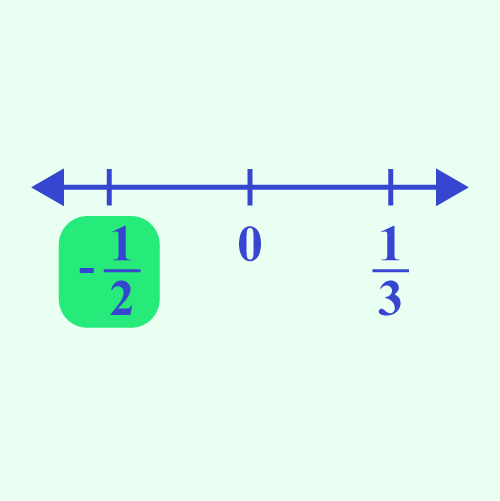Chapter 1: Rational Numbers
What you need to learn in this chapter

In this chapter, we will be learning about rational numbers.
Rational numbers include integers, which are positive and negative whole numbers. We will also learn about basic arithmetic operations involving integers, such as addition, subtraction, multiplication, and division.
Additionally, we will explore positive and negative fractions, which are numbers expressed as a ratio of two integers. We will also study positive and negative decimals, which are numbers expressed with a decimal point.
By the end of this chapter, we will have a good understanding of rational numbers and how to work with them in different forms.
Topics in this chapter

Report Card
Evaluate your academic performance through detailed report
Learn more »


